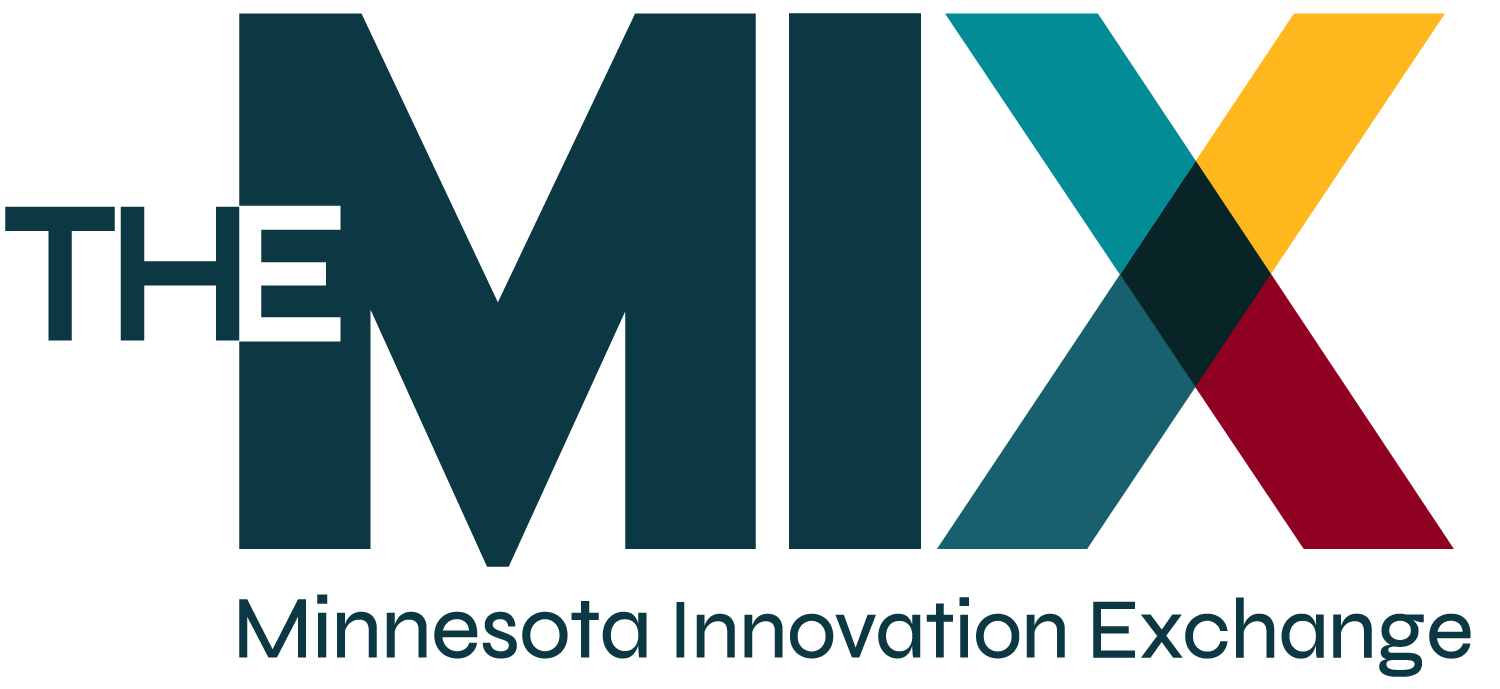Discovery hub with a shared goal: make life better
When scientists, innovators, educators, businesses, and communities come together in the spirit of discovery, there are infinite possibilities making the world a better place.
Great thinkers and creative doers will be able to energize their extraordinary ideas in a new hub of discovery: The Minnesota Innovation Exchange - "The MIX".
Located in the vibrant, diverse neighborhood at the eastern edge of the University of Minnesota’s flagship campus in Minneapolis, The MIX will be a new center of gravity for discovery and economic development in the Twin Cities. Locally based companies, entrepreneurial start-ups, innovative businesses, and University researchers and students will join forces to find fresh ways to enhance how we live, work, and think differently.
Features
Pedestrian focus

Best-in-class pedestrian spaces connected to the University’s dynamic East Bank campus
Curated ground floor

Active, curated ground floor uses including retail, dining, and entertainment
R&D incubator

Approximately 1.4 million square feet of laboratories, start-up incubator, and accelerator spaces and offices
Housing

Approximately 1 million square feet of market rate and affordable housing, and hotel uses
Location
The MIX is an anchor development in a growing innovation district near the University of Minnesota’s vibrant Minneapolis campus, which features other discovery spaces, medical facilities, cultural amenities, and growing hospitality infrastructure.
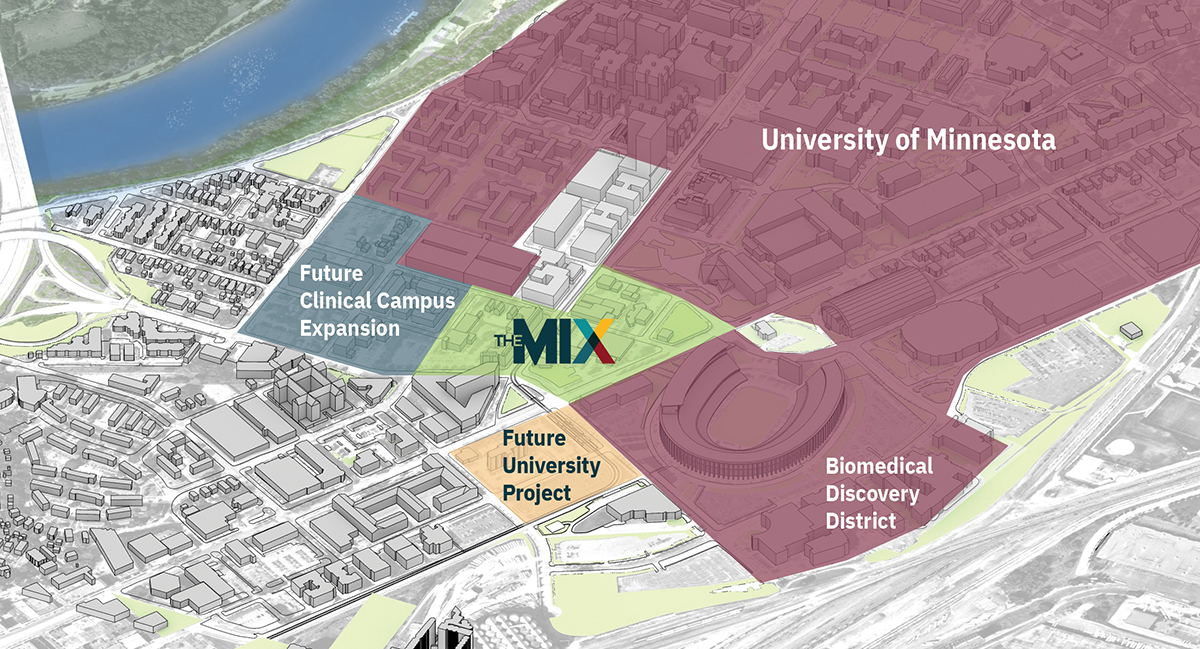
A research powerhouse next door
The University of Minnesota is one of the largest research institutions in the country and a key driver of the region’s burgeoning innovation ecosystem.
The MIX will draw from the University’s strengths in creating and attracting start-up companies across a range of industries. Scientists and innovators from industry and academia can work side by side, showcasing and testing their products and innovations on a public stage.
225+
Companies that have been launched based on UMN research since 2006
$240 million
Revenue generated for the state from UMN inventions since 2013
241
U.S. and foreign patents granted in 2022
16
Ranking in the world of universities granted the most U.S. patents since 2021
Phases
The phased nature of the project strategically benefits the long-term goals of the redevelopment. These strategic benefits include architectural diversity, responsiveness of each subsequent phase to a rapidly evolving local innovation ecosystem, and economic resilience. It will take approximately 15-20 years to fully develop The MIX through three phases, each taking approximately five years.
2024-2029
Block 1 of The MIX is bounded by Huron Boulevard on the east, University Avenue SE on the north, Ontario Street on the west, and Washington Avenue on the south.

2030-2035
Block 2 is bounded by University Avenue on the north, Oak Street on the west, Washington Avenue on the south, and Ontario Street on the east, and will extend the public realm from Block 1 to the west.
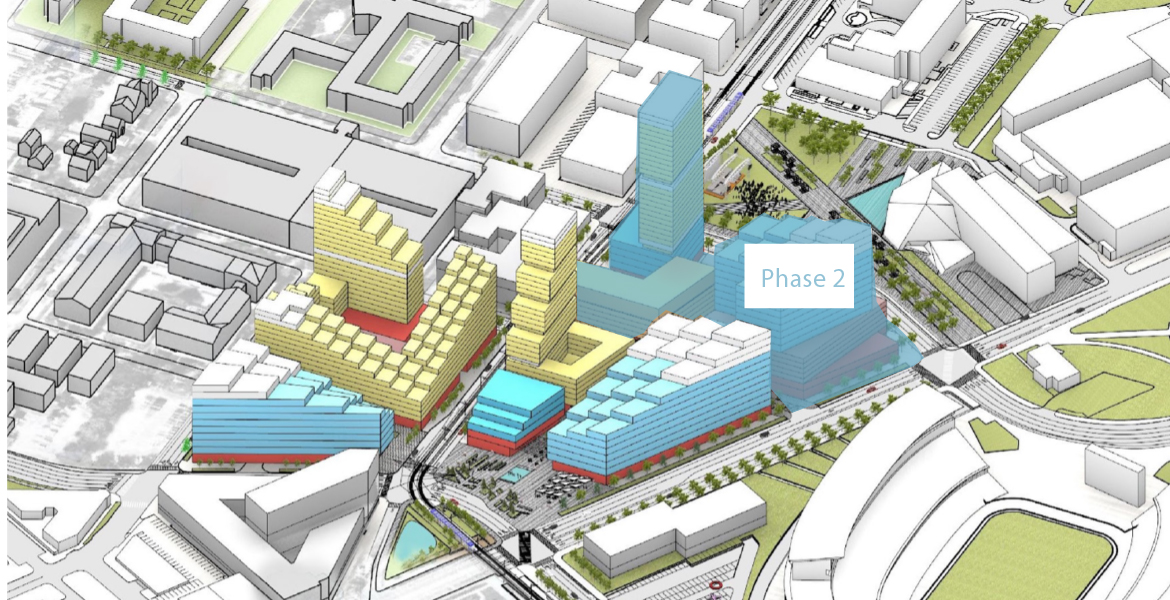
2035-2040
Block 3, the area bounded by Washington Avenue to the north, Ontario Street to the west, Delaware Street on the south, and Huron Boulevard to the east is the final phase of The MIX.
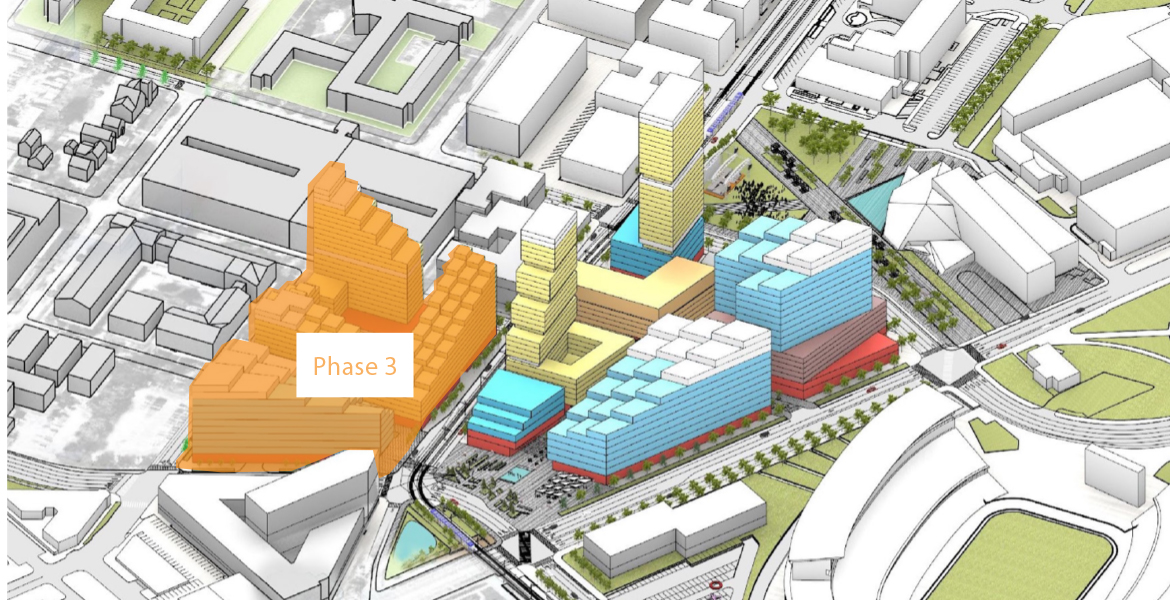
Greater MSP Region
The State of Minnesota and the Minneapolis/St. Paul metropolitan area feature strong fundamentals for a thriving innovation-based economy. Those elements include a highly educated workforce, excellent quality of life rankings, and a deep bench of private sector leadership at national and multinational corporations across a range of industries.
Seeking community-minded partners
We envision a destination that will support, catalyze, and drive an innovation community that is connected to and proximate with one of the country’s premier research institutions. This development will be transformational, but the real innovations will happen within the walls of the buildings and form the collisions that occur in the public spaces of The MIX – a place to exchange for good.
The MIX’s experienced team of real estate professionals is available to discuss partnership opportunities, from investing to developing to tenancy and more.

Pat Mascia
patmascia@umfrea.org
Managing Director
Pat and the UMFREA team are responsible for managing, leasing, and developing UMFREA’s residential and commercial real estate portfolio. Pat's career started in 1991 as an Associate Lawyer in the Real Estate Section of the Briggs and Morgan law firm in St. Paul, Minnesota (now Taft, Stettinius & Hollister). In 1997, Pat moved to Opus U.S. Corporation as Associate General Counsel and then, in 1998, was named Vice President of Dispositions, Finance and Investments for Opus Properties, LLC. In 2004, Duke Realty, a national real estate investment trust, hired Pat to run its Minnesota operations. Pat returned to Briggs and Morgan as a partner in 2014, becoming the Section Leader of Briggs’ Real Estate Section.
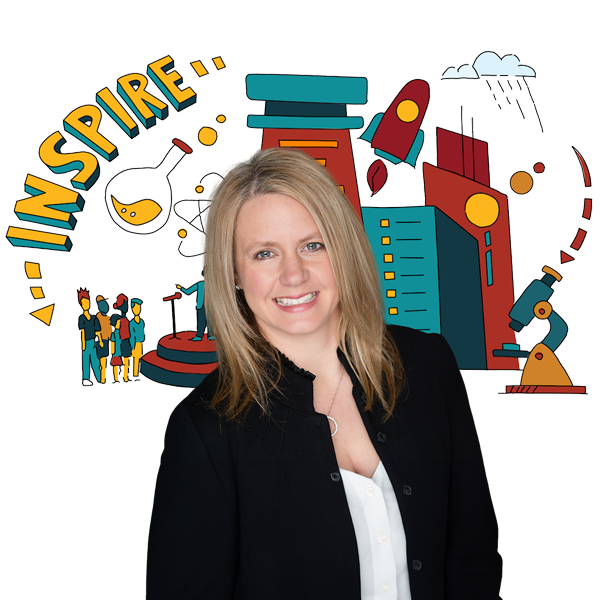
Amy Kircher
akircher@umn.edu
UMN AVP, Strategic Initiatives
Amy serves as the University of Minnesota liaison to the UMFREA team. In this role, she leads strategic initiatives to drive innovation, economic development, and societal impact. Before joining UMFREA, Amy co-founded the Strategic Partnerships and Research Collaborative at the U of M, where she served as the assistant vice president for research. Previously she led the Food Protection and Defense Institute, a research consortium dedicated to protecting the food system. Amy has also worked as an epidemiologist with the Department of Defense. She received her doctorate from the University of North Carolina at Chapel Hill.
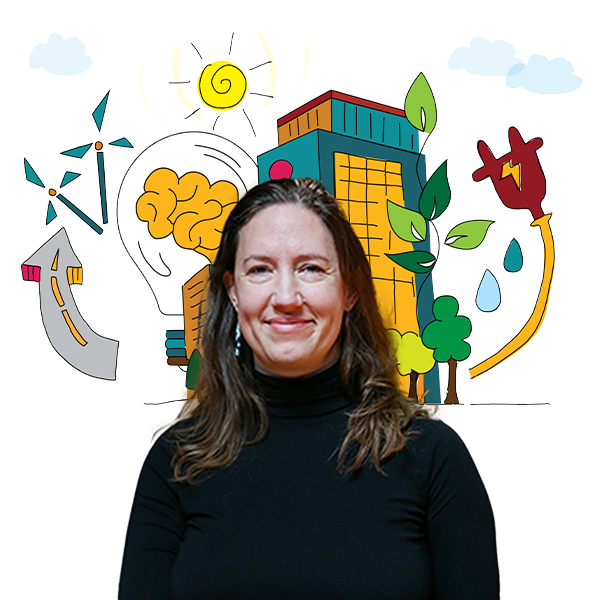
Renee Spillum
reneespillum@umfrea.org
Director of Real Estate Development
Renee is a real estate developer and broker who has spent her career focused on community-led development projects and affordable housing, where she prioritizes street life, environmental sustainability and economic and racial justice. Previously, she led commercial, industrial and multifamily projects at Seward Redesign, a Minneapolis neighborhood based community real estate developer. Renee holds a Master of Public Policy degree from the Humphrey School with a focus in Housing and Community Development. She is the Chair of the Board of Directors at the Creative Enterprise Zone, a development representative on the Metropolitan Council’s Livable Communities Advisory Committee and a longtime member in various roles of the Hamline Midway Coalition.
